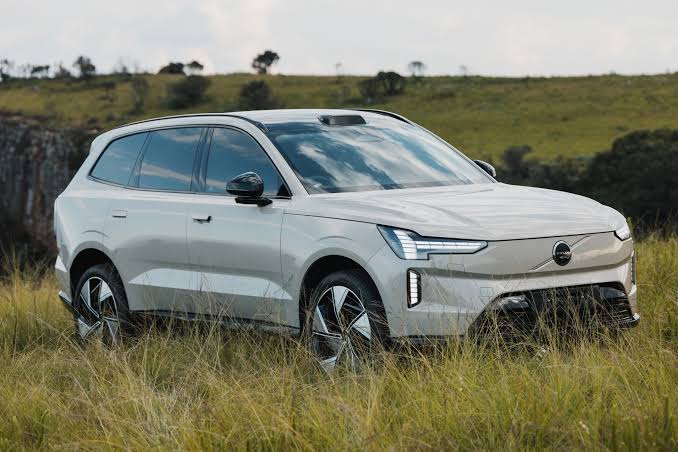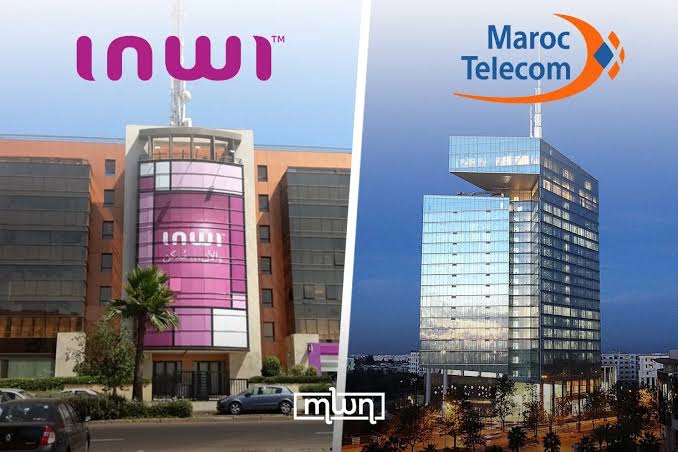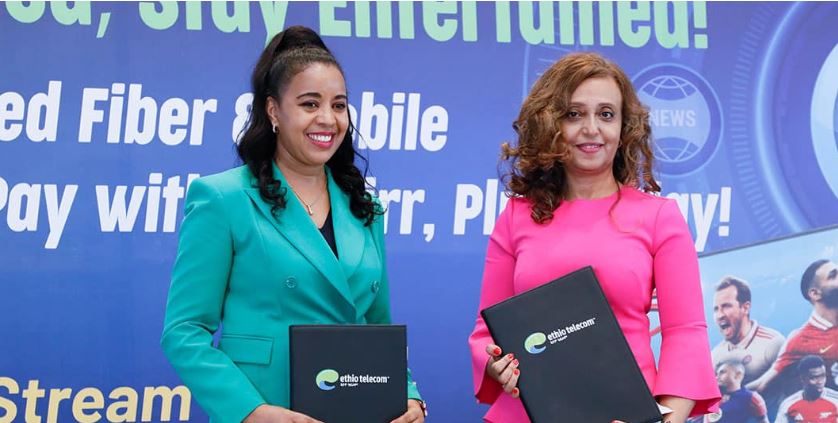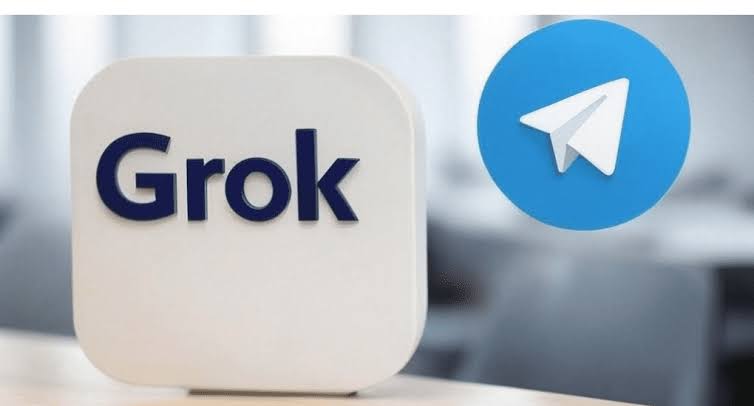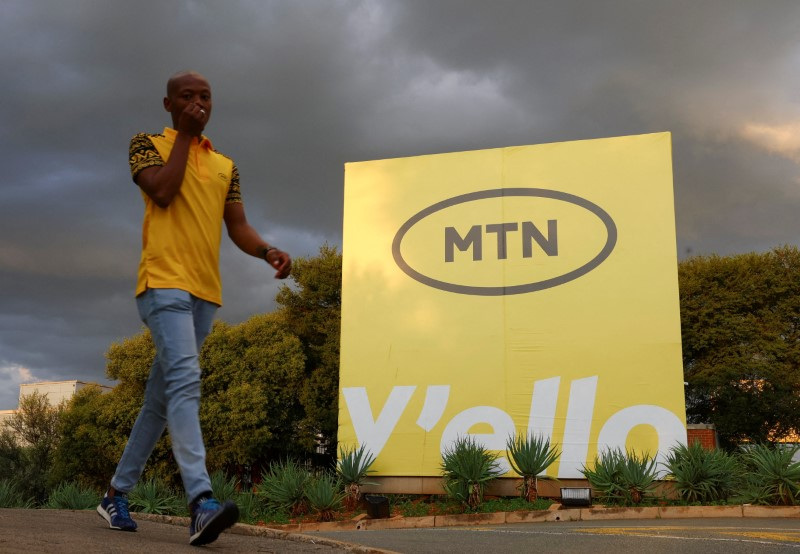At least six Russians were reported dead on Thursday after a submarine submerged near Hurghada, Egypt, according to a statement from the local governor, Major-General Amr Hanafy.
The incident occurred on March 27, 2025, when a submarine operated by Sindbad Submarines went down near Hurghada, claiming the lives of six Russian passengers, including two children.
Located 1 kilometre off the Red Sea coast, the vessel carried 45 passengers from Russia, Norway, Sweden, and India, along with five Egyptian crew members.
Uncertainty surrounds the cause—perhaps a reef strike or hatch failure—while 39 were rescued, nine injured, four critically. This tragedy underscores ongoing safety issues in Egypt’s tourism industry.
Read also: Safaricom seeks approval for submarine cable to rival Starlink in Kenya
Red Sea submarine safety concerns
The submarine, built for shallow 25-metre reef tours, went down at approximately 10:00 local time. A survivor claimed water entered through open hatches during boarding, though some speculate a reef collision at 20 meters led to depressurisation. Authorities are investigating, focusing on the crew. This follows a troubling trend: the Sea Story sank in November 2024, leaving 11 dead or missing; days later, 30 were rescued near Daedalus Reef; and in June 2024, 24 escaped a sinking off Marsa Alam. A 2024 Maritime Survey International report criticised inadequate maintenance and regulation, signalling broader vulnerabilities.
Human cost of submarine sinking
Among the six fatalities were a Russian couple, possibly doctors from Tatarstan, travelling with their children. Nine survivors needed treatment, with four in intensive care. The 39 rescued included passengers and crew, deeply affected by the event. Hurghada, a vital tourism centre hosting over 9 million visitors in 2024, drives Egypt’s $14.1 billion tourism revenue. The Russian consulate is assisting survivors, and Sindbad has suspended operations pending investigation results.
A collision—or human error?
What sank the submarine remains unclear. Unconfirmed reports point to a collision with a reef at 20 meters depth, a plausible scenario given the Red Sea’s intricate underwater landscape. Such an impact could have ruptured the hull, causing depressurisation—a sudden loss of cabin pressure that spells disaster in a submersible. Yet the survivor’s account of water flooding through open hatches suggests a different culprit: human error during boarding, a misstep that turned a sealed vessel into a trap.
Sindbad Submarines insists its two subs, each seating 44 passengers and two pilots, meet safety standards. Governor Hanafi echoed this, noting the captain and vessel were licensed. But as divers retrieve the wreckage and investigators question the crew, the truth remains submerged—for now.
Read also: Sparkle, Al-Bawaba partner to enhance Libya’s internet speedsecurity
Implications for Red Sea tourism
Governor Amr Hanafi has committed to a detailed probe, noting the submarine and captain were licensed. This incident threatens Egypt’s tourism-dependent economy, which supports millions of jobs. Previous accidents have spurred minimal reform, but this could prompt stricter safety measures to rebuild trust.
Failure to act risks further damaging Hurghada’s reputation, potentially costing billions. The investigation’s forthcoming conclusions will reveal whether meaningful change emerges or if safety lapses persist.
Egypt’s tourism sector, which generated $14.1 billion in 2024, according to a UN report, relies on its allure. Dr James Aldridge, a British tourist who took a Sindbad dive in February 2025, told the BBC it was “a thrilling, safe experience.” But after March 27, that confidence feels fragile.
The investigation’s findings, due in the coming weeks, could spur reforms: tougher inspections, better emergency drills, or even a rethink of submersible tourism itself.



